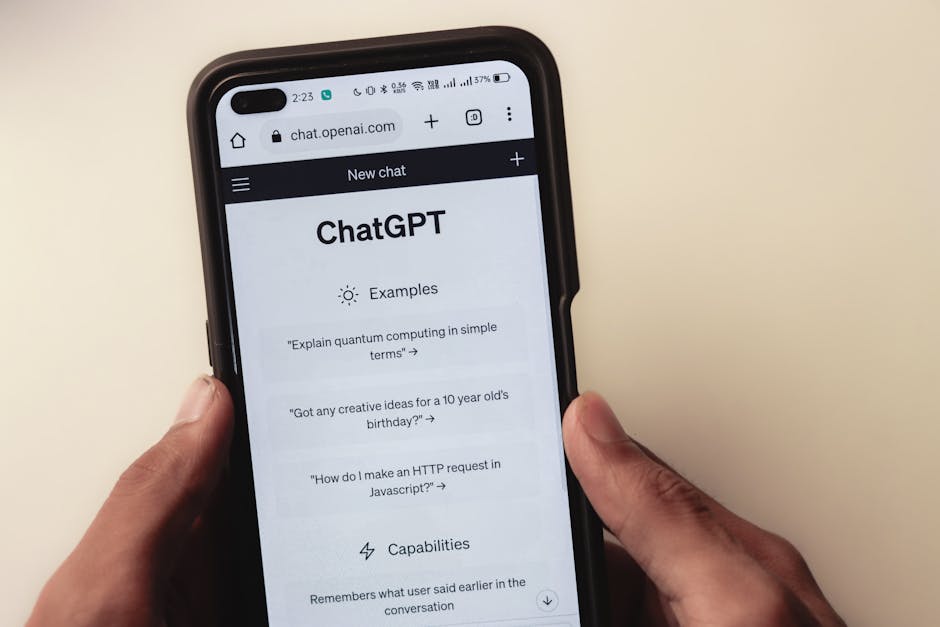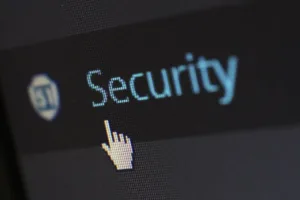
A critical zero-day vulnerability (CVE-2024-3400) in Palo Alto Networks’ PAN-OS GlobalProtect feature has been actively exploited since March 2024, allowing unauthenticated attackers to execute arbitrary code with root privileges. Security firm Volexity discovered in-the-wild exploitation by threat actor UTA0218, with scanning activity surging after public disclosure. The vulnerability affects PAN-OS 10.2, 11.0, and 11.1 firewalls with GlobalProtect gateway/portal configurations.
Technical Analysis of the Vulnerability
CVE-2024-3400 is a command injection vulnerability resulting from arbitrary file creation in the GlobalProtect feature. The flaw enables attackers to execute OS commands as root, establish persistence mechanisms, and deploy custom malware. Security researchers have observed the UPSTYLE backdoor being deployed in successful exploitation attempts.
# Example malicious log entry showing exploitation pattern
{"level":"error","task":"368108-7","time":"2024-04-10T04:21:57.461369536-00:00","message":"failed to unmarshal session(.././../opt/panlogs/tmp/device_telemetry/minute/'}|{echo,Y3AgL29wdC9wYW5jZmcvbWdtdC9zYXZlZC1jb25maWdzL3J1bm5pbmctY29uZmlnLnhtbCAvdmFyL2FwcHdlYi9zc2x2cG5kb2NzL2dsb2JhbC1wcm90ZWN0L2MuY3Nz}|{base64,-d}|bash|{') map , EOF"}Detection Methods and Forensic Artifacts
Organizations should examine multiple forensic artifacts to determine potential compromise. Volexity’s investigation identified critical log files that often contain evidence of exploitation attempts. These include GlobalProtect service logs, management plane logs, and system telemetry data.
Key detection techniques include:
- Analyzing
/var/log/pan/gpsvc.logfor unusual session unmarshalling errors - Reviewing memory dumps for suspicious process trees
- Monitoring network traffic for connections to known C2 infrastructure
Compromise Assessment Framework
Palo Alto Networks has developed a tiered system to classify exploitation attempts. This framework helps organizations assess the severity of potential compromises and determine appropriate response measures.
| Level | Description | Remediation |
|---|---|---|
| 0 | Probe (failed attempt) | Patch only |
| 1 | Test (0-byte file creation) | Patch only |
| 2 | Config exfiltration | Patch + private data reset |
| 3 | Interactive access | Factory reset + key rotation |
Mitigation and Response Strategy
Organizations should immediately upgrade to the patched PAN-OS versions and apply Threat Prevention signatures. For systems showing signs of compromise, additional forensic collection and remediation steps are necessary.
Recommended actions include:
- Upgrading to fixed PAN-OS versions (10.2.9-h1, 11.0.4-h1, or 11.1.2-h3)
- Generating Tech Support Files for forensic analysis
- Performing enhanced resets for confirmed compromises
Operational Impact and Security Implications
This vulnerability presents significant risks due to the prevalence of GlobalProtect in enterprise networks and the root-level access gained by attackers. Evidence suggests multiple APT groups, including China-linked actors, have weaponized this vulnerability.
Security teams should prioritize reviewing all GlobalProtect appliances and monitoring for suspicious outbound connections. The potential for network pivoting makes this vulnerability particularly dangerous in interconnected environments.
Conclusion and Additional Resources
CVE-2024-3400 represents a critical threat to organizations using Palo Alto Networks firewalls. The combination of technical detection methods and prompt remediation is essential for mitigating risks. Organizations should maintain vigilance for follow-on activity even after patching.
For more information, consult these resources:





